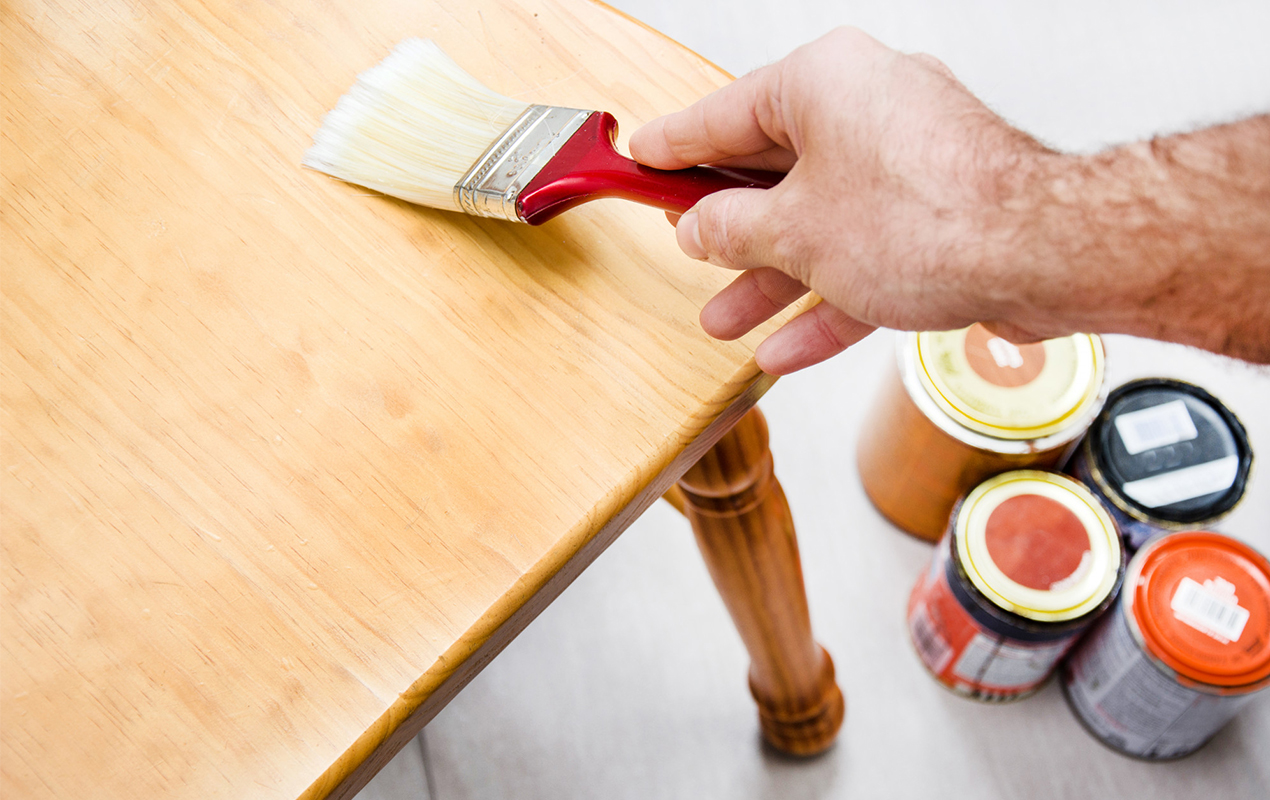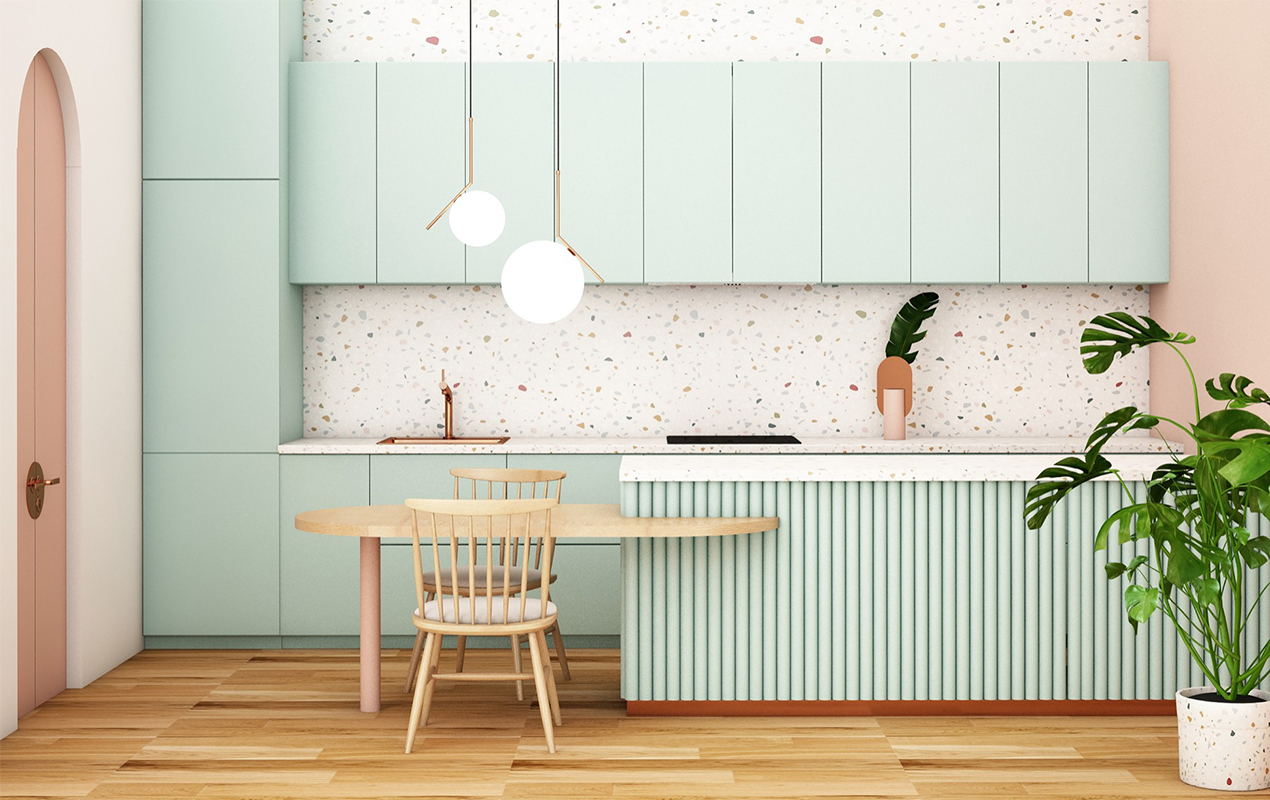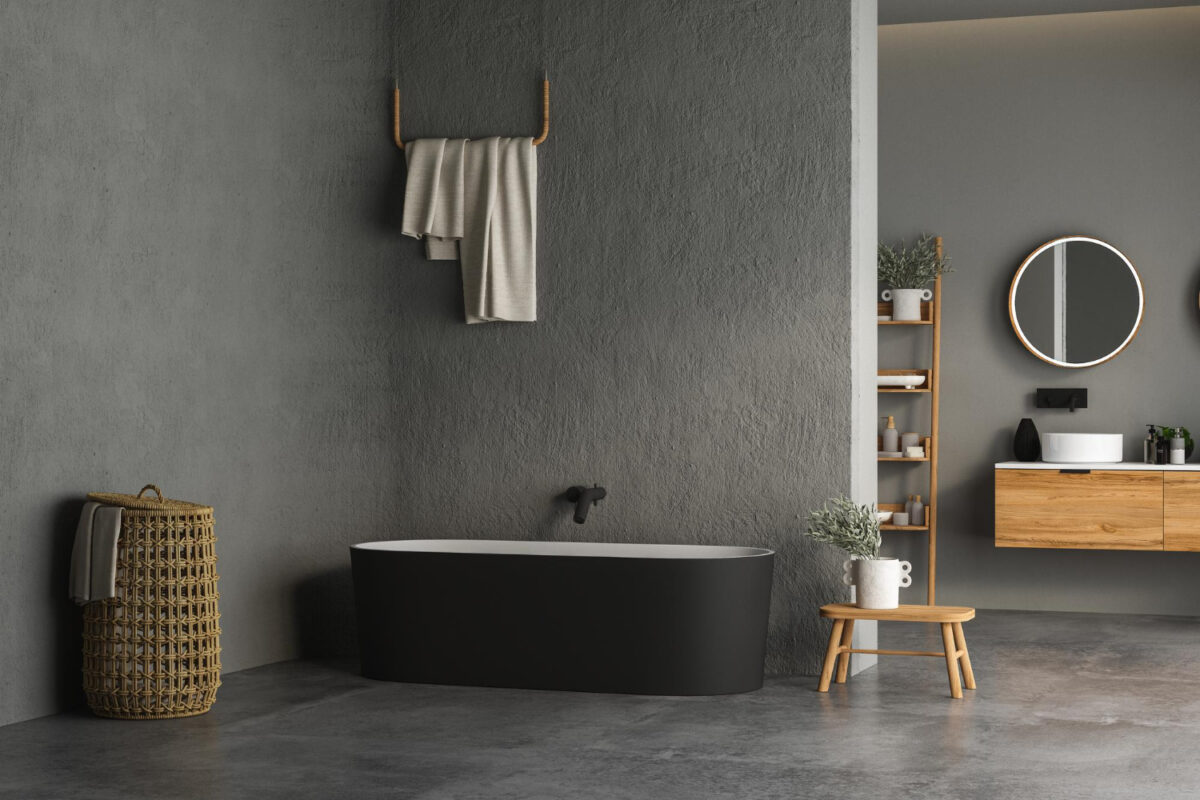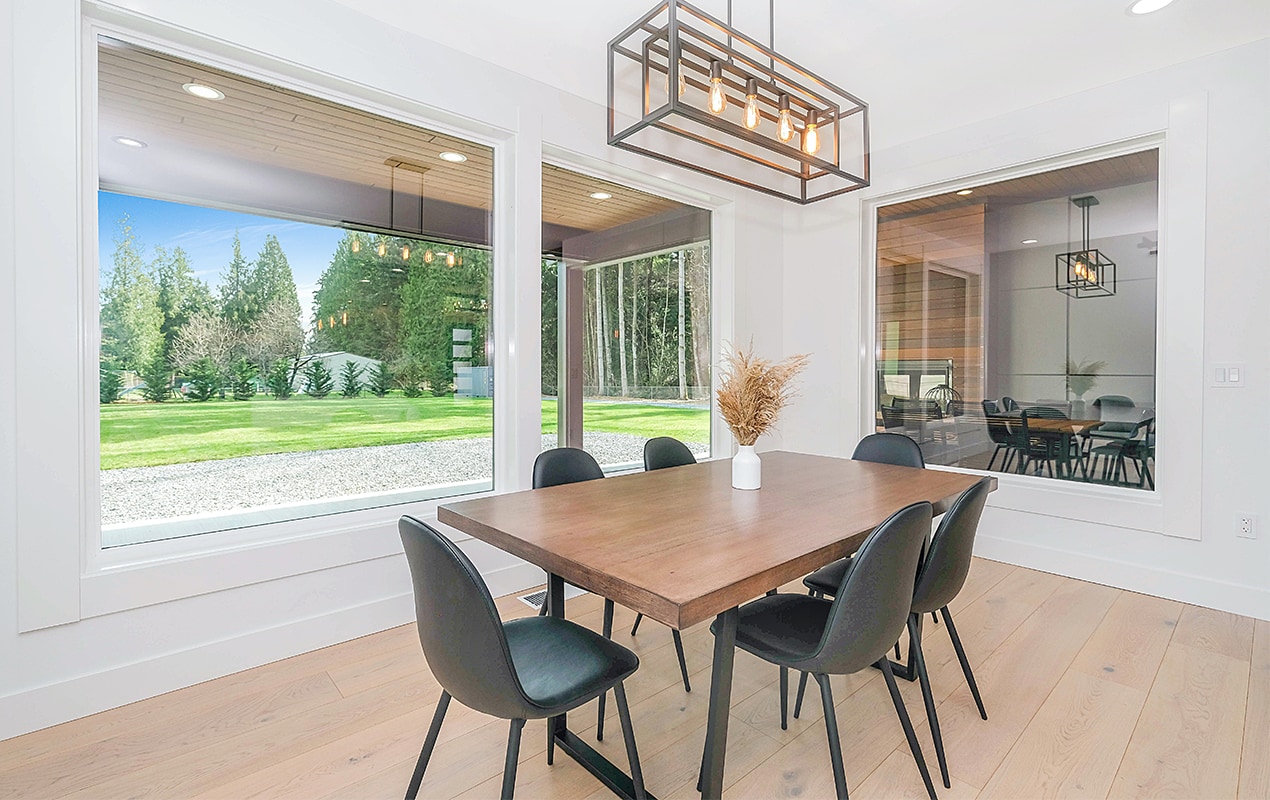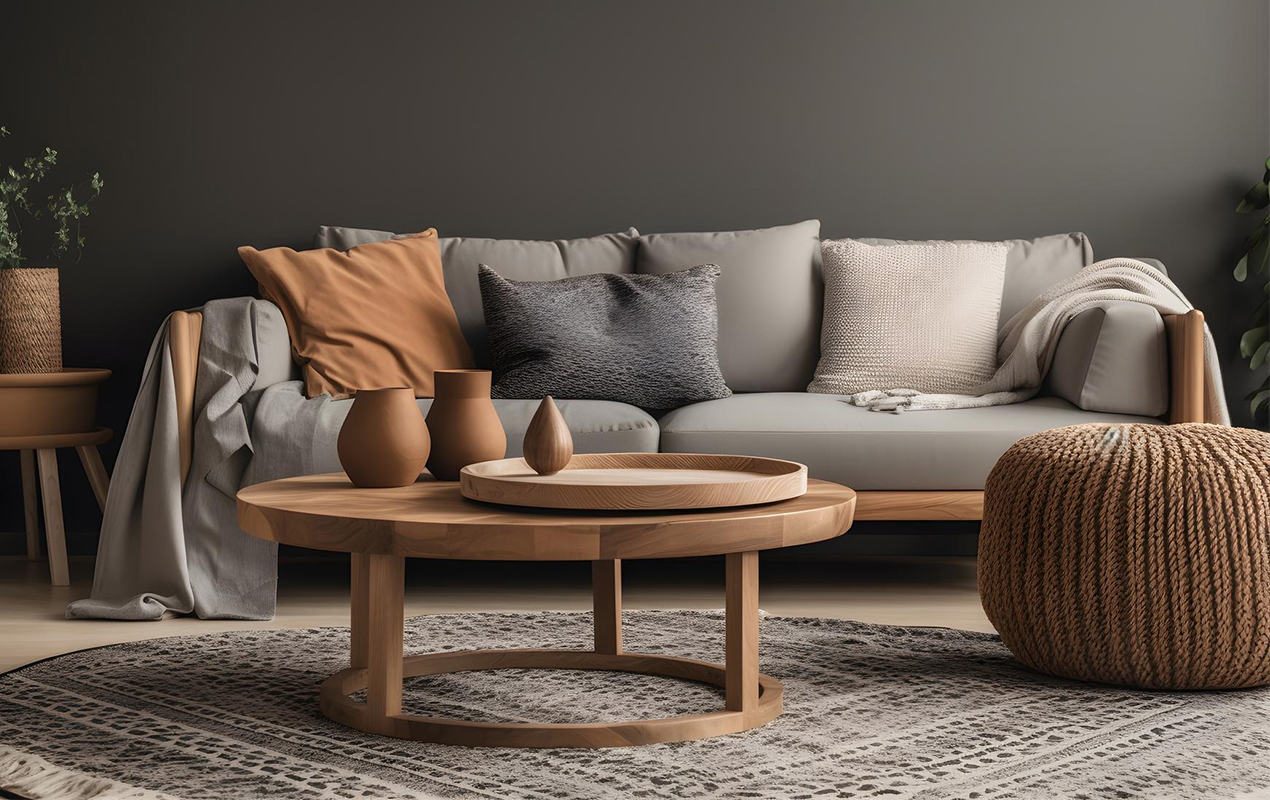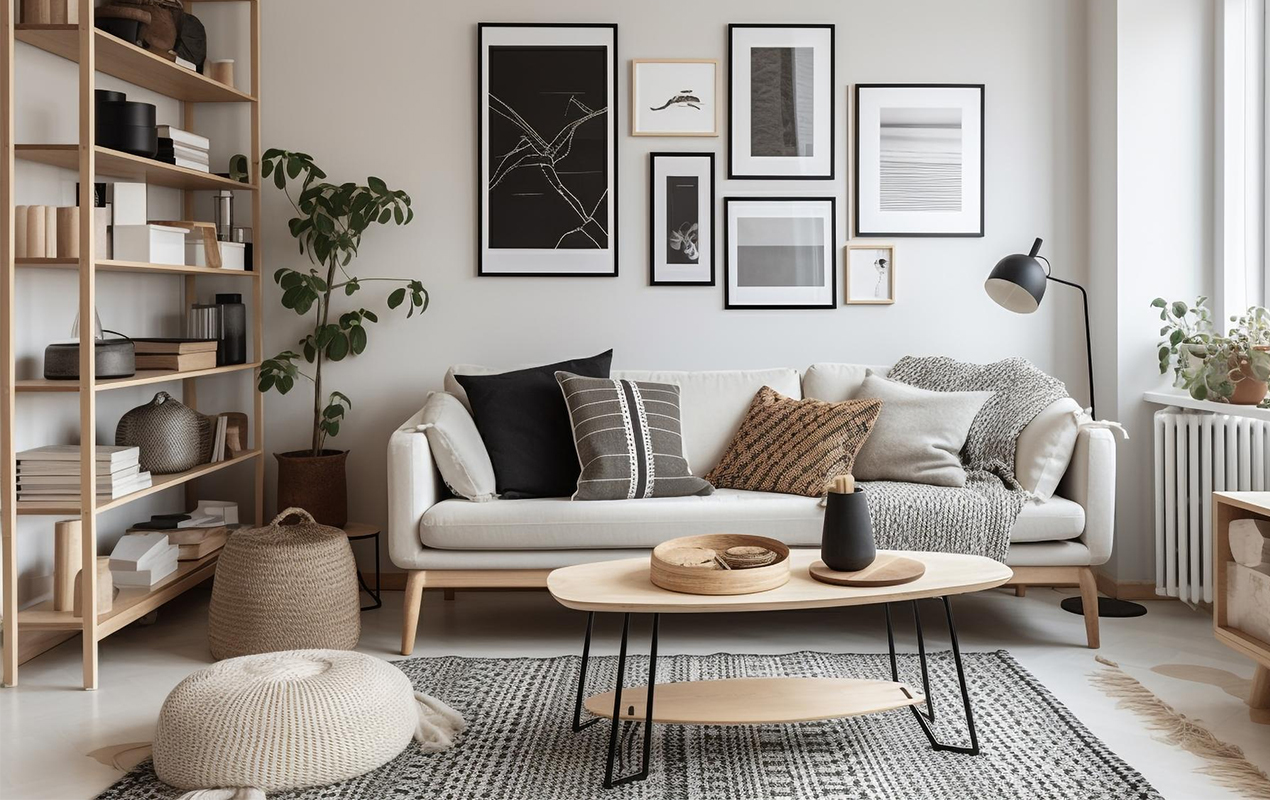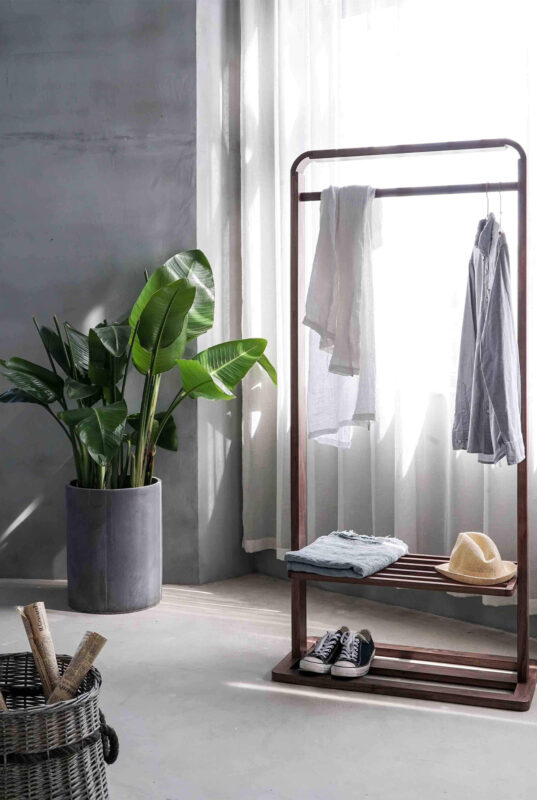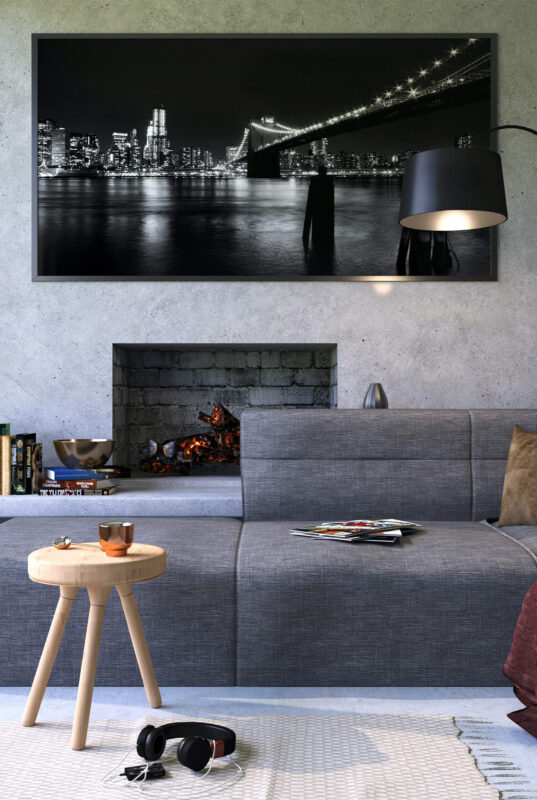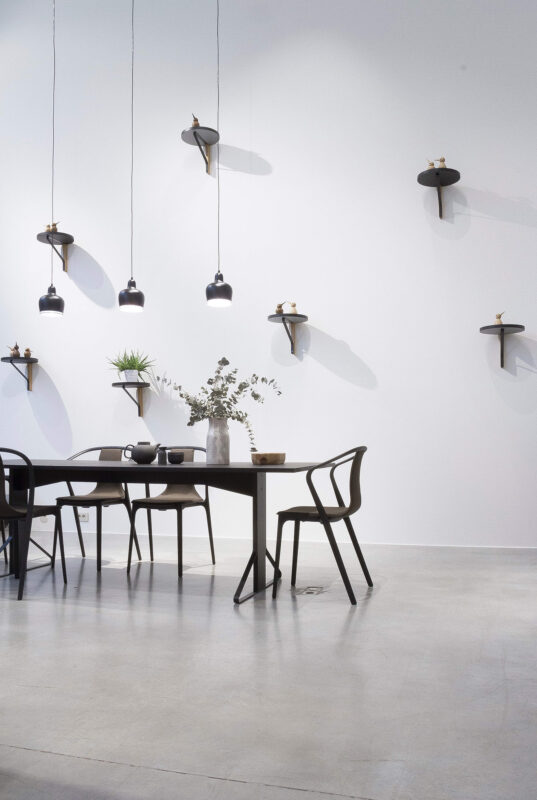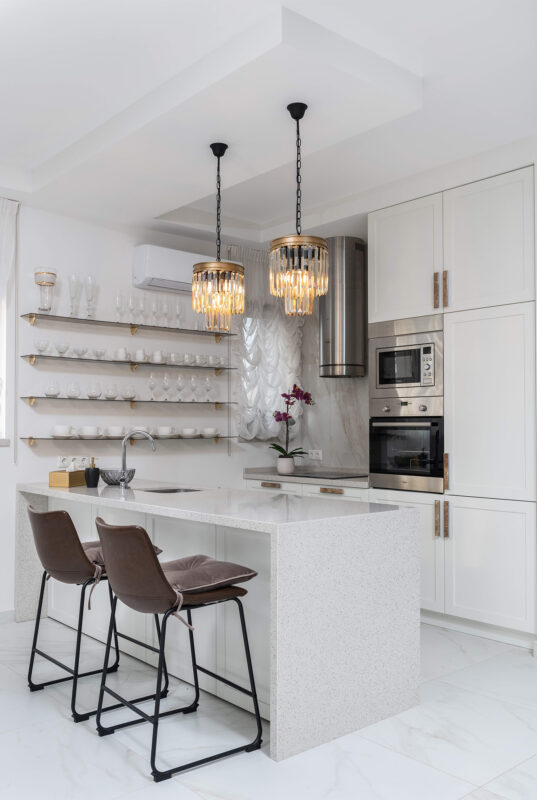Blog
Avoid Bathroom Tap Regrets: 7 Essentials Things to Consider

When designing or renovating your bathroom, selecting the right taps may seem like a minor detail. However, the right choice can significantly enhance the functionality, style, and overall aesthetic of your bathroom. With a variety of options available, making the right decision can be overwhelming. In this blog, we will walk you through essential tips to help you choose the perfect bathroom tap for your needs.
1. Understand Your Bathroom’s Style and Theme
Before we explore the world of bathroom taps, take a moment to understand the style and theme of your bathroom. Is it modern, traditional, minimalist, or rustic? The tap you choose should complement the overall design and ambiance of the space. For instance, sleek, minimalist taps go well with contemporary bathrooms, while vintage-style taps suit traditional or rustic settings.
Here, we have a checklist to help you determine the right faucets according to your bathroom theme.
| Checklist Item | Description |
| Overall Style | Determine the bathroom’s style: modern, traditional, contemporary, or rustic. |
| Color Scheme | Note the predominant colors in the bathroom. |
| Material | Identify materials used: tile, wood, metal, stone, etc. |
| Fixture Design | Examine existing fixture designs like sinks, showers, and cabinets. |
| Decorative Elements | Consider any decorative themes or elements. |
| Lighting | Evaluate the lighting scheme and ambiance. |
| Architectural Features | Note any architectural elements contributing to the style and theme. |
| Personal Preference | Reflect on personal design preferences. |
| Inspirational Sources | Seek design inspiration from magazines, websites, or social media. |
2. Consider the Sink or Bathtub Configuration
The configuration setting of your sink or bath plays a crucial role in determining the type of tap you can install. Determine whether your bathtub or sink comes with pre-drilled holes for a single tap or separate holes for hot and cold taps.
Additionally, consider the size and shape of the sink to ensure that the tap you choose fits seamlessly and provides adequate clearance for washing hands and other tasks. In case you have a small sink or a vanity unit, cloakroom taps might be the range you should be looking for.
Here is a checklist of various factors related to bathtub or sink configuration.
| Checklist Item | Description |
| Sink or Bathtub Configuration | Identify whether you are selecting a tap for a sink or a bathtub. |
| Number of Faucet Holes | Determine the number of pre-drilled faucet holes in the sink or bathtub. |
| Single or Multiple Handles | Decide if you prefer a tap with a single handle or separate handles for hot and cold water. |
| Spout Reach and Height | Consider the spout’s reach and height to ensure it fits comfortably over the sink or bathtub. |
| Wall-Mounted or Deck-Mounted | Determine whether you need a wall-mounted tap or one that mounts on the sink or bathtub deck. |
| Compatibility with Sink Design | Ensure the tap’s design complements the style and size of the sink or bathtub. |
| Valve Type | Choose between compression, cartridge, ball, or ceramic disk valves based on preference. |
3. Choose the Right Bathroom Tap Material
Bathroom Taps are available in various materials, including chrome, stainless steel, brass, and nickel. Each material offers different aesthetic and functional properties.
Chrome taps are popular for their durability and shiny finish, while brass taps add a touch of elegance and are resistant to corrosion. Consider the maintenance requirements and longevity of the material before making your selection.
| Material | Description |
| Brass | Durable, corrosion-resistant, and available in various finishes like polished, antique, or brushed brass. |
| Stainless Steel | It’s resistant to corrosion, rust, and tarnishing and offers a modern, sleek appearance that’s easy to clean. |
| Chrome | Affordable, easy to clean, and resistant to tarnishing, providing a shiny appearance suitable for modern and contemporary styles. |
| Bronze | Offers an antique and rustic appearance, durable and resistant to corrosion, though requires maintenance to prevent tarnishing over time. |
| Copper | Provides a luxurious and warm tone, developing a natural patina over time, which enhances its character and charm. |
Here is a table explaining various materials of bathroom taps.
4. Determine the Type of Tap
There are several types of taps to choose from, including mixer taps, pillar taps, wall-mounted taps, and waterfall taps. Mixer taps are a popular choice because they allow you to control the temperature and flow of water with a single lever. Pillar taps, which feature separate hot and cold taps, are ideal for traditional bathrooms.
Wall-mounted taps create a sleek, minimalist look and are perfect for contemporary spaces. When selecting the type of tap, consider your personal preferences and practical needs.
| Type of Tap | Description |
| Single-Hole Faucet | Integrated spout and handle, ideal for smaller sinks and modern bathrooms. |
| Widespread Faucet | Separate handles and a central spout offer a traditional look for larger sinks. |
| Wall-Mounted Faucet | Installed on the wall above the sink or bathtub, saving space and providing a modern look. |
| Center-Set Faucet | Spout and handles on a single base, suitable for smaller sinks with pre-drilled holes. |
| Vessel Faucet | Taller spout for vessel sinks, enhancing the sink’s aesthetic appeal. |
| Roman Tub Faucet | The high spout and separate handles for filling freestanding or drop-in bathtubs comfortably. |
Here is a table explaining different types of bathroom taps
5. Prioritize Water Efficiency
In today’s environmentally conscious world, water efficiency is a key consideration when choosing bathroom fixtures. Look for taps with high-efficiency aerators or flow restrictors that reduce water consumption without compromising performance. Opting for water-efficient taps not only helps conserve water but also reduces your utility bills in the long run.
Here is a table explaining various aspects of choosing eco-friendly bathroom taps
| Water Efficiency Prioritization | Description |
| Low-Flow Technology | Opt for taps with low-flow aerators or cartridges to reduce water consumption. |
| WaterSense Certification | Look for taps with WaterSense certification, ensuring they meet EPA criteria for efficiency. |
| Flow Rate | Choose taps with a low flow rate (GPM) to minimize water usage while maintaining performance. |
| Sensor-Activated Taps | Consider sensor-activated taps to reduce waste from unnecessary running water. |
| Regular Maintenance | Check taps for leaks and repair promptly to prevent water wastage. |
| Eco-Friendly Materials | Select taps made from eco-friendly materials like lead-free brass or stainless steel. |
6. Pay Attention to Functionality
Image Featuring Bathroom Tap from Royal Bathrooms | Click To Shop
The choice of bathroom tap goes beyond aesthetics. You must consider the functionality and usability of the tap. Choose bathroom taps with ergonomic handles that are easy to grip and operate, especially for children and individuals with limited mobility.
Additionally, look for taps with ceramic disc cartridges, which offer smooth and precise control over water flow and temperature while minimizing leaks and drips.
Here is a table explaining various factors affecting the functionality of bathroom taps.
| Functionality Considerations | Description |
| Handle Configuration | Choose between single-handle or double-handle taps for water temperature control. |
| Spout Height and Reach | Select a spout that fits the sink or bathtub and provides ample clearance for daily tasks. |
| Valve Type | Consider valve types like ceramic disc, compression, or cartridge for reliable water control. |
| Ease of Cleaning | Opt for taps with smooth surfaces and minimal crevices for easy cleaning and maintenance. |
| Temperature Control | Ensure taps offer precise temperature control for comfortable water temperatures. |
| Drip Prevention | Look for taps with drip prevention mechanisms to prevent water waste and keep the sink area dry. |
| Compatibility | Verify tap compatibility with existing plumbing fixtures for seamless installation. |
| Water Pressure | Check if taps are suitable for your water pressure levels to ensure consistent water flow. |
| Warranty and Support | Choose taps from reputable brands offering warranties and reliable customer support. |
7. Consider Budget and Quality
Budget and quality are the most important considerations when choosing a tap for a bathroom. You must set a budget for your tap purchase and explore options that offer the best combination of quality, aesthetics, and affordability within your price range. While it’s tempting to opt for cheaper options, investing in a high-quality tap from a reputable manufacturer can save you money in the long term by reducing maintenance and replacement costs.
Here are various budget and quality issues you should be looking at when choosing a tap for your bathroom.
| Budget and Quality Considerations | Description |
| Determine Your Budget | Set a realistic budget range for tap purchase, considering initial cost and long-term value. |
| Assess Quality | Prioritize taps made from durable materials like brass or stainless steel for longevity and corrosion resistance. |
| Research Brands and Reviews | Explore reputable brands known for high-quality taps and read customer reviews to gauge product satisfaction. |
| Compare Prices | Compare prices from various retailers to find competitive deals while ensuring desired quality and functionality. |
| Consider Lifetime Costs | Factor in potential long-term savings from water-efficient taps and reduced maintenance costs for overall value. |
| Look for Warranty Coverage | Choose taps backed by warranties to protect your investment and ensure coverage for defects or malfunctions. |
| Avoid Sacrificing Quality | Resist compromising on quality for a lower price, as cheaper taps may require frequent replacements and repairs. |
| Seek Value for Money | Find taps offering a balance between affordability and quality, maximizing value within your budget constraints. |
Final Thoughts
There are various factors involved in choosing the right bathroom taps. You should carefully consider style, sink configuration, material, type, water efficiency, functionality, budget, and quality. By following these essential tips and taking your time to explore various options, you will be able to find the perfect tap for your space.


